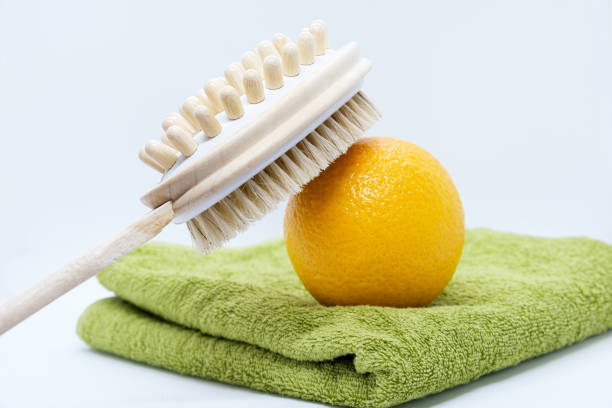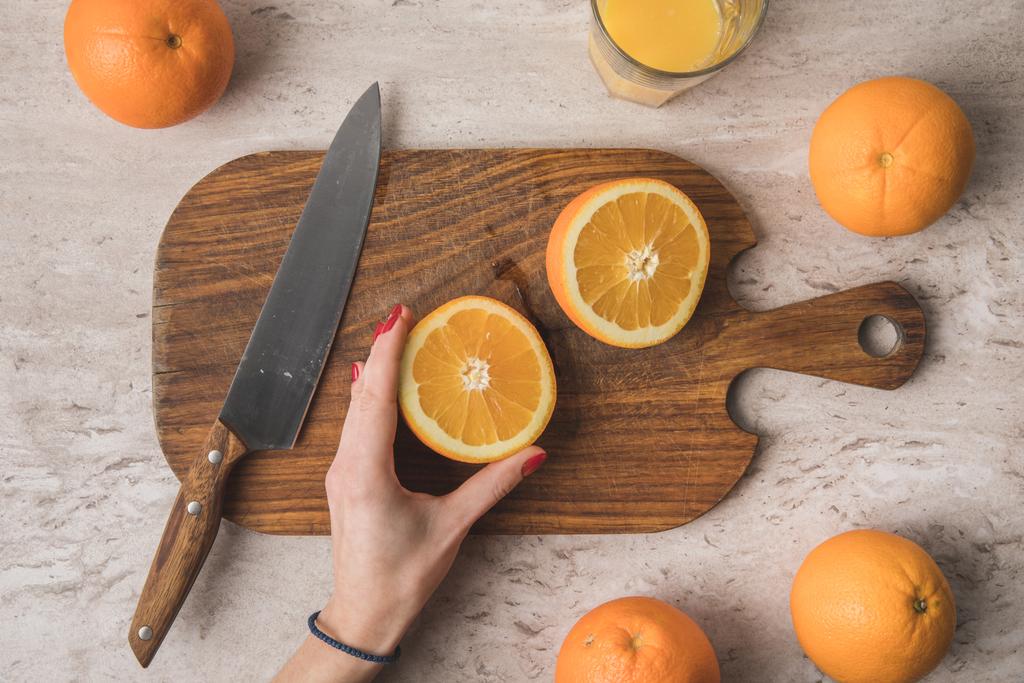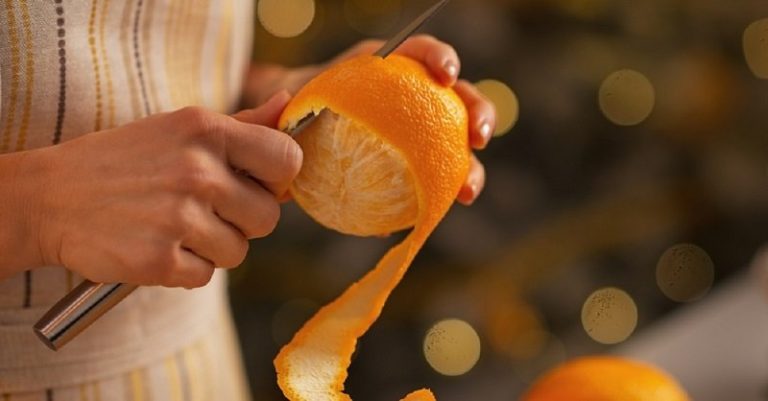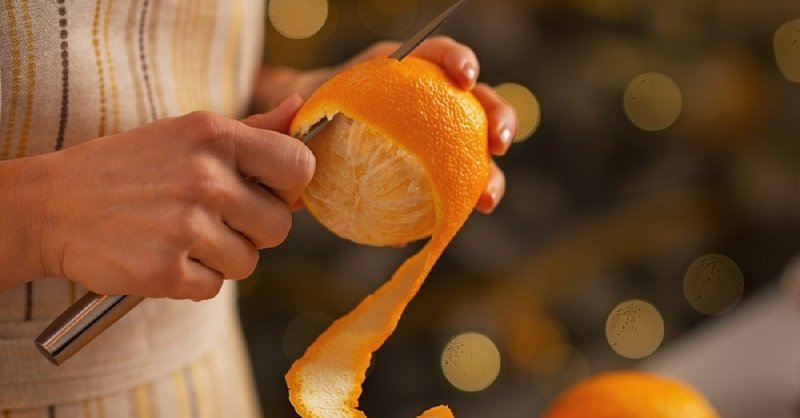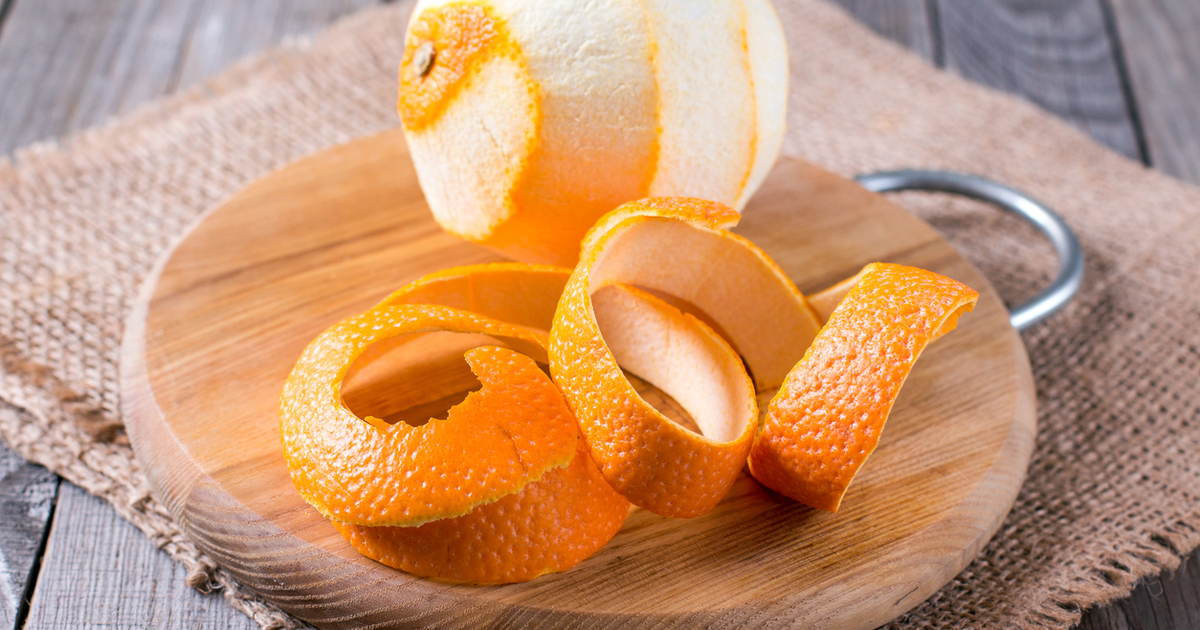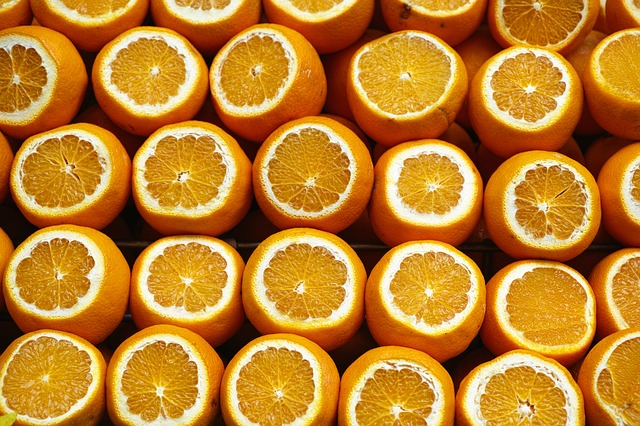Oranges are particularly popular in Germany during the winter months, because they provide the body with plenty of vitamin C and other valuable nutrients that strengthen the immune system. But it is not the actual fruit itself that provides a vitamin boost in the body: in fact, it is the pasteurized orange juice, as a study has now shown.
The study
In March 2015, scientists at the University of Hohenheim used an in vitro model in the laboratory to determine that the human body can absorb nutrients from orange juice better than from an orange. These results have now been confirmed in a human study.

In preparation for the randomized study, the twelve subjects had to go without carotenoids for two weeks. Green and red foods such as tomatoes, carrots, or spinach were removed from the menu and were not allowed to be eaten so that the carotenoids stored in the body could be washed out.
After the two weeks, the subjects received one standardized breakfast with oranges and one with pasteurized orange juice. Which test person got which breakfast was decided at random. There were 14 days between the two test phases.
After breakfast, the scientists took eight blood samples from the subjects within just under ten hours and then determined the carotenoid content.
The result
The human study was able to fully confirm the previous assumption from the in vitro study. “Orange juice is a better source of carotenoids than an orange,” says Julian Aschoff. During the investigations it was found that from pasteurized orange juice about twice as many carotenoids can be absorbed as from a commercially available orange, the graduate food engineer continues.
This is due to the production of the juice, as the initiator of the study, Prof. Dr. dr Reinhold Carle explains: “During the production of orange juice, dietary fibers such as pectin or cellulose are partially separated. These substances inhibit the absorption of carotenoids during digestion”.
According to Carle, there is more indigestible fiber in the orange than in the juice, which is why the absorption of the carotenoids from the fruit is greatly reduced.
Orange juice can contribute to a healthy diet
Consistency plays an important role when it comes to food intake: “When you chew the orange, the fruit is never completely broken up. Many cells, therefore, remain intact and enclose the carotenoids. This makes them more difficult to absorb and utilize,” explains Julian Aschoff.

Consumed in moderation, i.e. a glass of 200 milliliters of orange juice per day, the fruity drink can contribute to a healthy diet and provide the human body with the nutrients that the body needs, according to the researchers.







